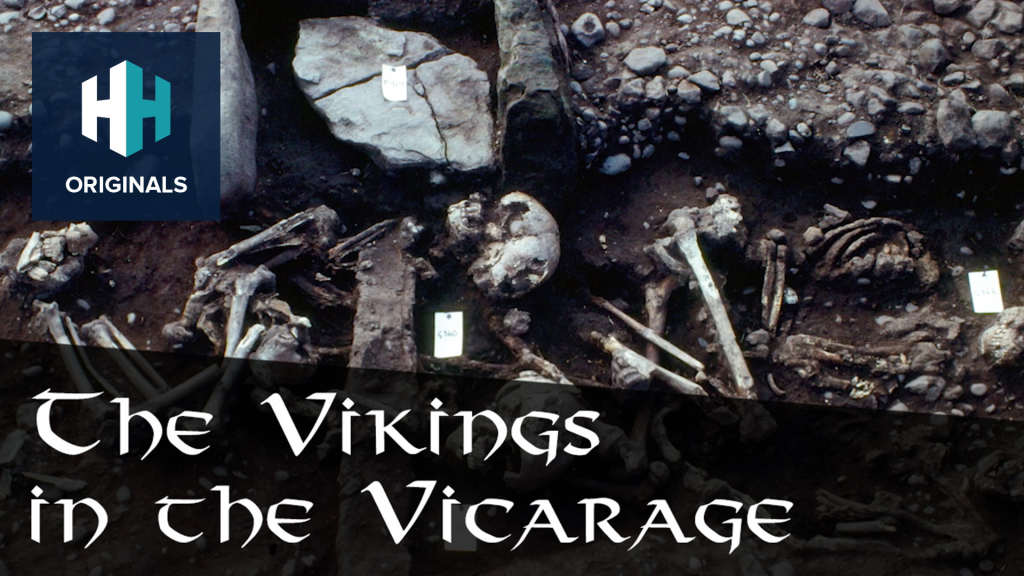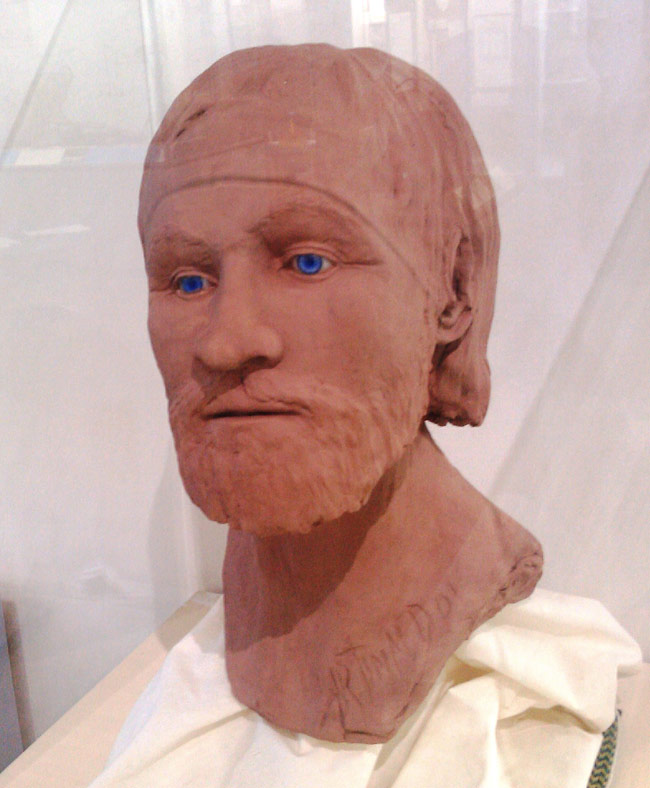
Feature image attribution: Wolfman
This article is an edited transcript of The Great Viking Army at Repton with Cat Jarman available on History Hit TV.
 Listen Now
Listen NowRepton in Derbyshire is the site of one of the most exciting early Medieval, Viking-age breakthroughs recent archaeology has seen. It’s one of the very few sites we can securely link to the Viking Great Army.
The site, which was originally excavated in the 70s and 80s, contains plenty of evidence of a fearsome Viking force – known as the Great Heathen Army – that arrived in England in the 860s.
It was a joint force comprising many more men than had been seen before in Viking armies. They moored the country with aspirations that went beyond just raiding and pillaging. The Great Heathen Army came to England intent of conquest and settlement.
They were involved in numerous conflicts, especially with Alfred the Great, and eventually took over large parts of the country.
The Vikings are famously elusive archaeological subjects, because they were always on the move. This made the discovery of Repton in the 1970s an especially important breakthrough. It provided the first archaeological evidence for the Great Army. Everything else we know is from the historical records.
 Watch Now
Watch NowEvidence of the Great Heathen Army
The Repton site was a very wealthy monastery in the 870s when the Vikings attacked and the excavations uncovered a number of burials.
There were some individual burials around the old Anglo-Saxon church including a double burial of two men right next to each other. One of these two men was about as Viking as you can be – he had a Thor’s hammer around his neck, a Viking sword alongside him and lots of other artefacts.
One of the seemingly high-status warriors had a number of severe injuries including a stab to the eye socket and a massive cut into his left femur.
It’s thought that he may also have lost his penis, because a boar’s tusk had been placed between his legs, presumably as a replacement for when he went to Valhalla.
Another grave contained coins that dated to the 870s, which is exactly when the historical records tell us the Vikings were there.

The remains of a mass grave at Repton. Photo attribution: Martin Biddle.
Most remarkably, in the vicarage garden next to the church there was a mound, and inside this mound was a partially torn down Anglo-Saxon building.
Inside one room were the remains of nearly 300 people, all jumbled up together along with Viking artefacts and more coins dating to the 870s. It was all completely consistent with what we knew about the Great Army from the records.
When the site was excavated in the 1970s it was assumed to have just been a winter camp that the Great Heathen Army stayed in.
The Anglo-Saxon Chronicle reports that the Viking Great Army camped over winter in Repton between 873 and 874, so it was assumed that this was a part of the Viking winter camp. Therefore, presumably, these burials all belonged to the Great Army for that single year.
Interestingly, even though the evidence seemed to very strongly suggest that all the remains must belong to the Great Army, a problem with the radiocarbon dates complicated matters.

A reconstruction of a Viking from Repton. Credit: Derby Museum Viking Display.
Dating doubts
Several remains from the mass grave were radiocarbon dated and, while some of them fitted the 9th century, others came out as dating to the 7th and 8th centuries which predates the Viking age entirely.
This caused a lot of uncertainty. Experts started to doubt that the Repton site was a Great Amy winter camp after all.
All sorts of alternative interpretations were suggested. Perhaps the Vikings dug this great defensive ditch, came across lots of other old Anglo-Saxon bones and decided to move them all into a burial place?
Happily, recent developments have restored confidence in the original interpretation. Thanks to new carbon dating methods, we’ve had something of a breakthrough and returned some certainty to the notion that the remains at Repton are those of the Great Heathen Army.
 Watch Now
Watch Now













